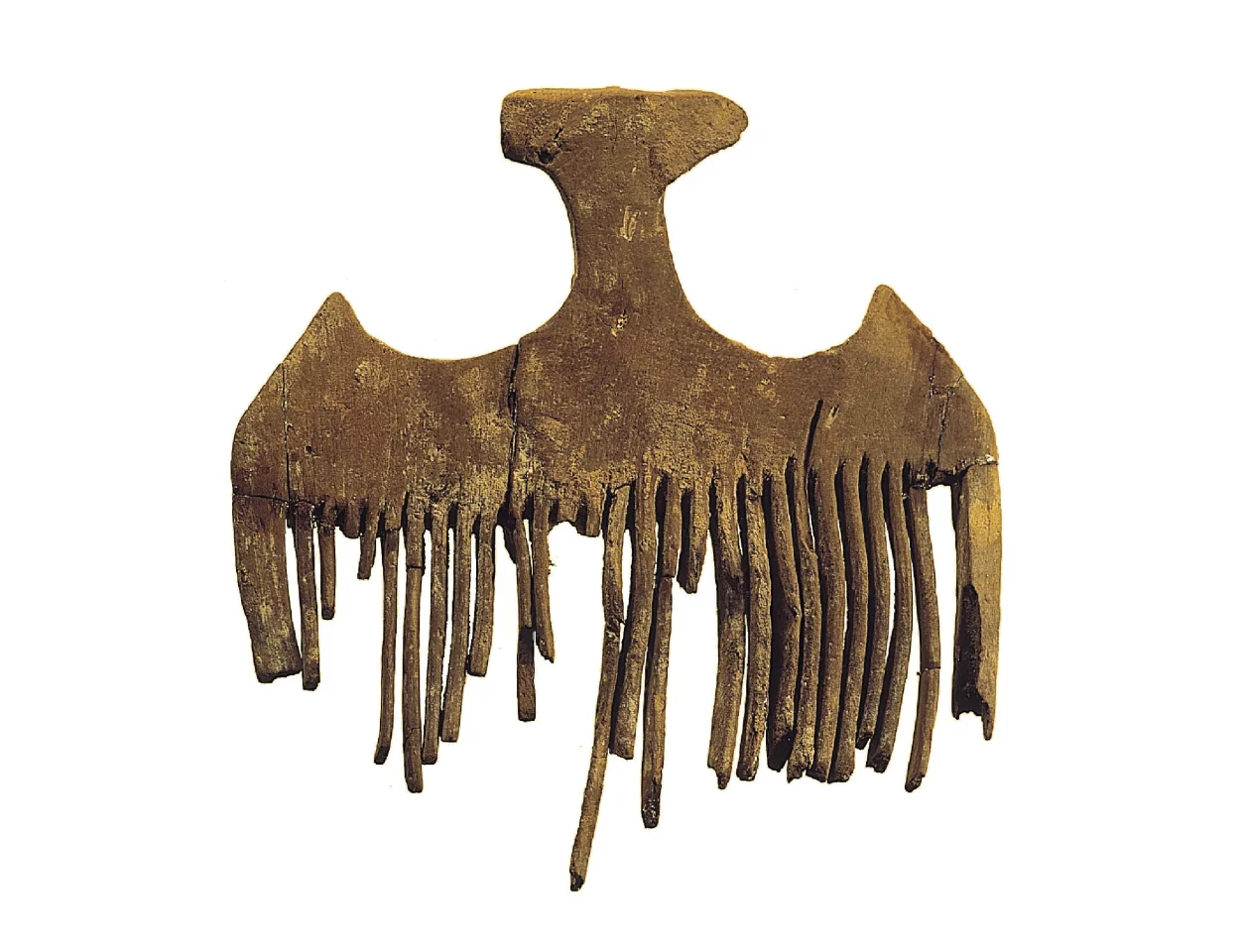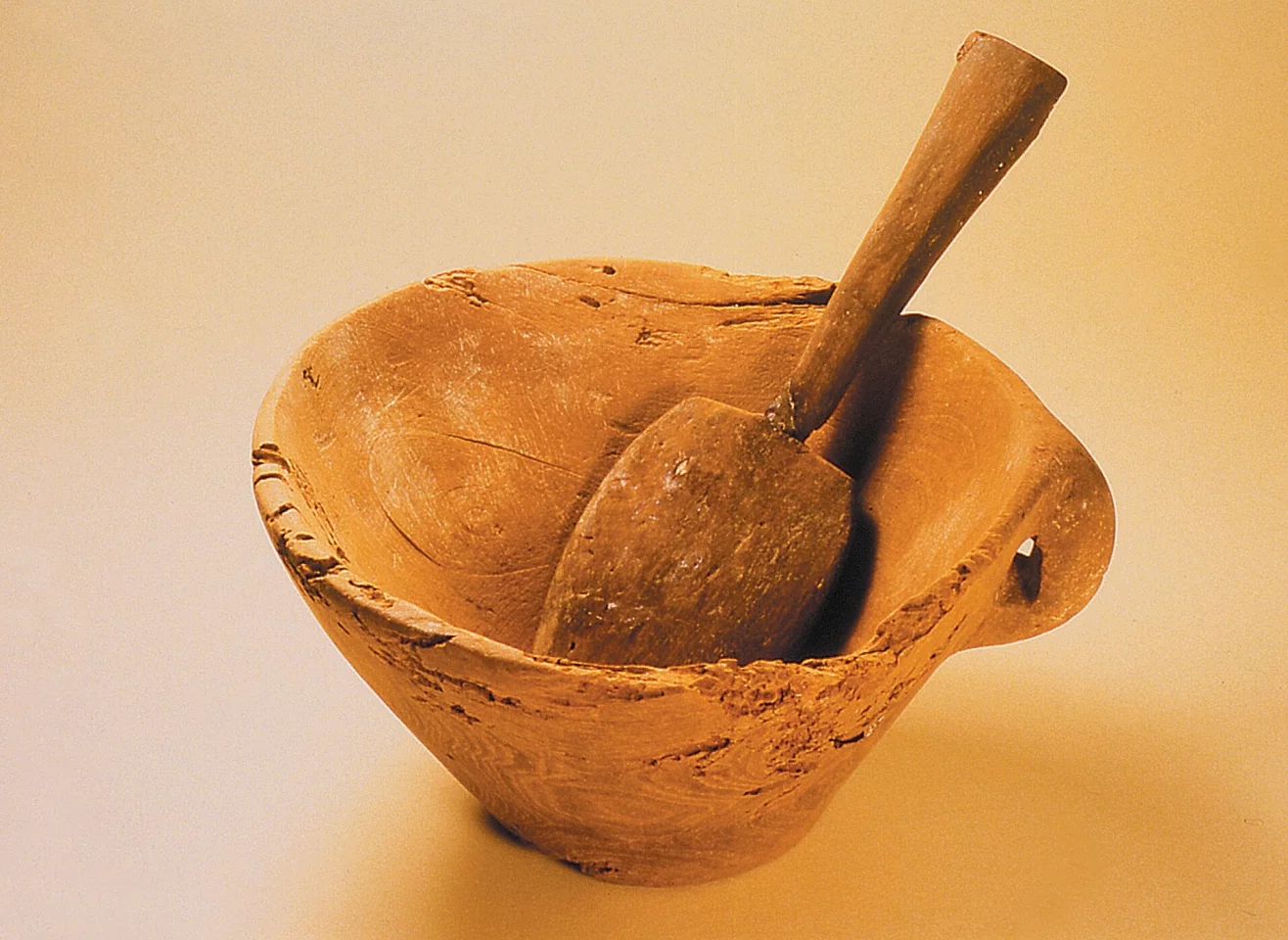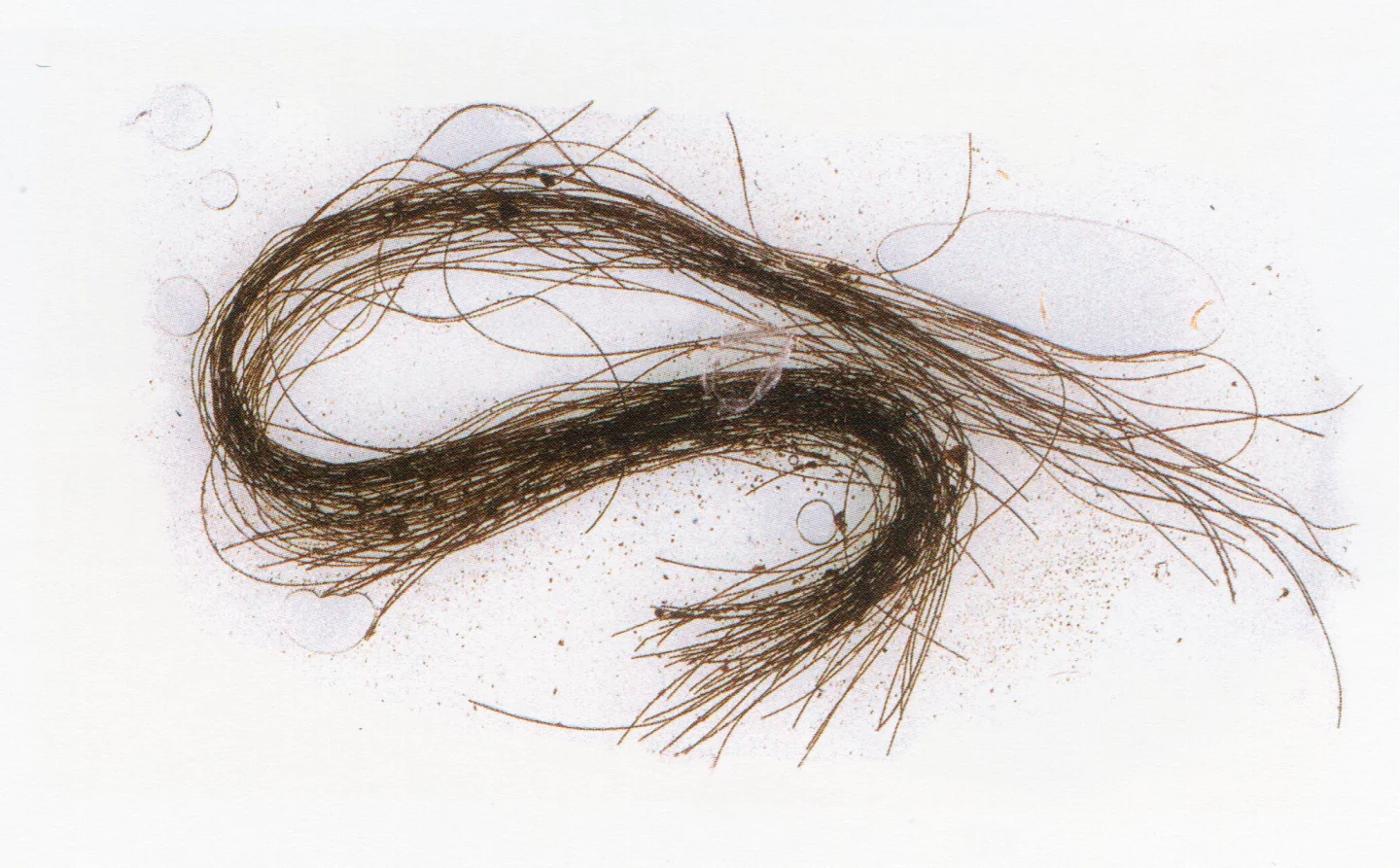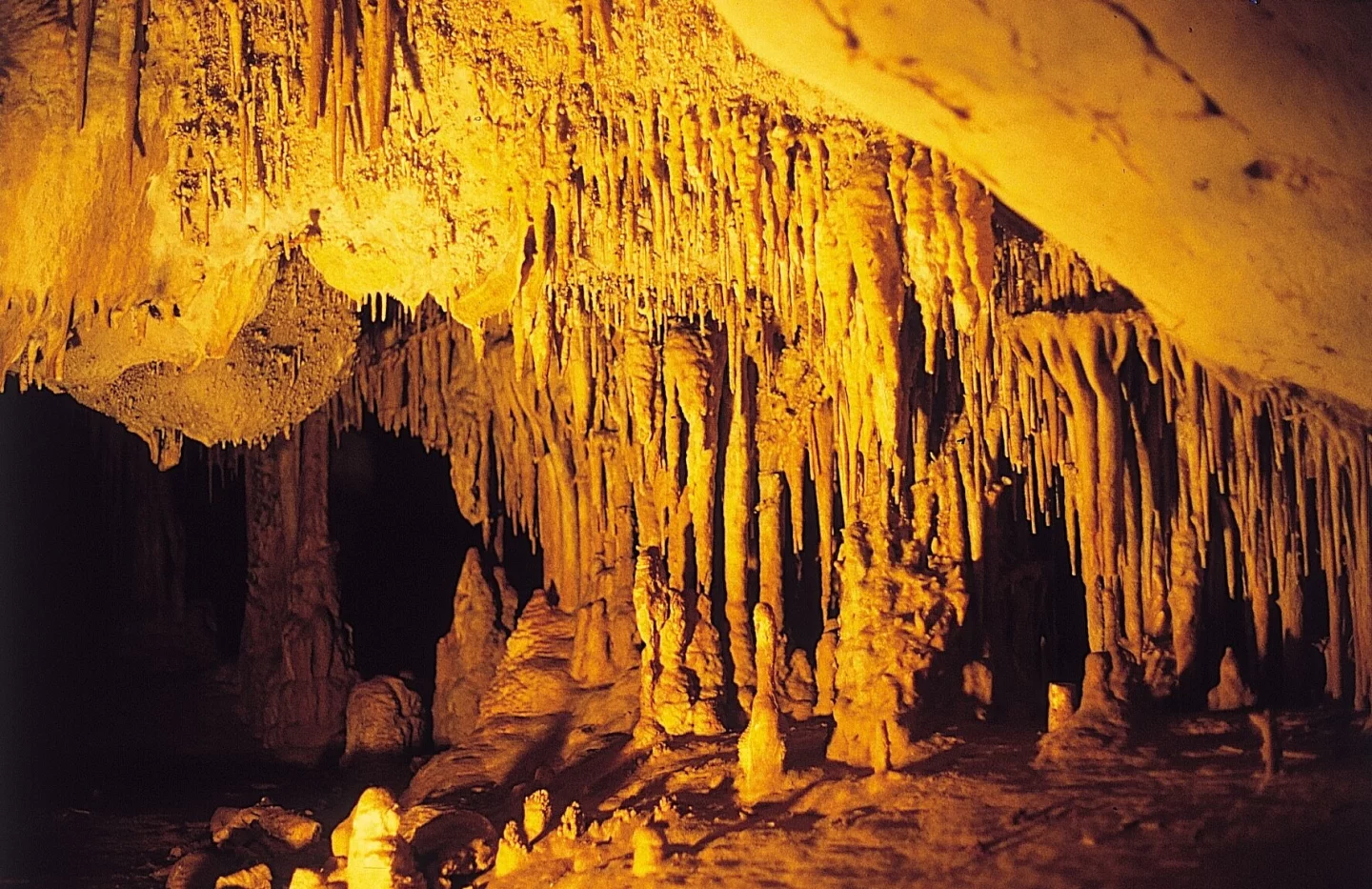Mandrake, henbane, thorn apple. The names alone conjure up images of witch's brews and secret rituals. In fact, new evidence points to the fact that plants like these were likely used about 3,000 years ago on the Spanish island of Menorca, to induce hallucinogenic states during ceremonies. A research team came to this conclusion by analyzing hair samples contained in a ritualistic box found in a sealed chamber inside a burial cave.
The researchers say that the cave, Menorca's Es Càrritx, was in use about 3,600 years ago and served as a ritual and funerary site for about 800 years. Inside the cave was a burial chamber in which 210 people were interred. Often after the burial ceremony, a cutting of the deceased's hair would be placed in a wood or horn container and laid beside the body.
In the Es Carritx cave though, the researchers found a cache of hair-filled containers that had been hidden away deep in a different chamber inside the cave. These hair samples had been dyed red before having been placed in the storage vessels. The cache also included other items including a blade, a hairpin, a comb and a wooden bowl and spatula.

"By ca. 800 cal BCE, populations at the Balearic Islands underwent a transformation of its social structures," write the researchers. "Archaeological evidence points to demographic growth, abandonment of the burial places, and a slight decrease in extra-insular contacts. In this context, in the cave of Es Càrritx, some individuals reluctant to abandon ancient traditions, concealed a collection of ritual objects belonging to certain members of the community, possibly shamans, in the hope that the former social order could be re-established in the future. And the best location to assure the protection of the assemblage was found going deeper inside the burial ground of the ancestors."

The researchers, who hail from universities in Spain and Chile, analyzed some of the hair samples using two well-known techniques for revealing the chemical makeup of materials: High-Resolution Mass Spectroscopy and Ultra-High Performance Liquid Chromatography. They found that the hair strands included the chemical signatures of atropine, scopolamine, and ephedrine.
The first two of these are found in plants in the nightshade family, such as mandrake and henbane, and belong to a family of drugs known as deliriants. They can dramatically alter perceptions and cause hallucinations, confusion, and, naturally, delirium. Ephedrine is a stimulant that comes from plants as well, including the joint pine.

Although traces of drugs have been found in vessels and on tools at other Bronze Age sites, the researchers say this is the first time that direct evidence of drugs inside the bodies of these ancient peoples has been found. They believe that because the hair clippings were only taken and dyed from certain individuals lends itself to the idea of honoring shamans, as there were no political or economic benefits conferred amongst members of Bronze Age communities.
They also say that the concentric circles on the containers might have been an attempt at drawing an eye to indicate the inner vision that can accompany the use of certain drugs.

A paper on the research has been published in the journal, Scientific Reports.
Source: Scientific Reports via EurekAlert





